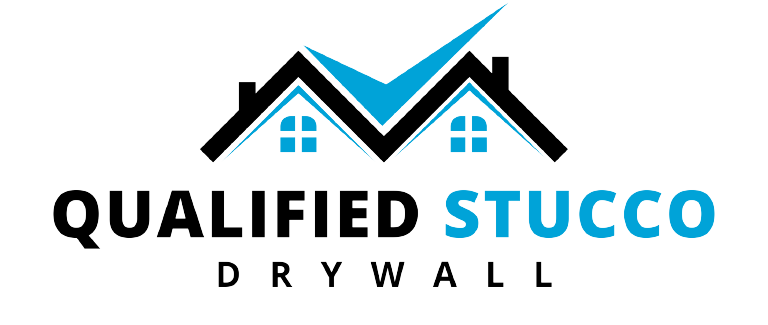Here we will see an introduction to drywall painting. Drywall painting is a common home improvement DIY project that many people attempt to tackle on their own. Drywall painting requires a certain level of skill and attention to detail to achieve a professional result. With the right tools and preparation, anyone can become an experienced drywall painter.
Tools Needed
The first step in any drywall painting project is to gather the necessary tools. You will need a good quality roller and tray, drop cloths, a drywall knife, drywall sandpaper, a sander, a putty knife, and a good quality paint. It is important to choose the highest quality paint available, as this will help to ensure the best results and a long–lasting finish.
Preparing the Drywall
Before you begin painting, you must properly prepare the drywall surface. This includes patching any holes or cracks with drywall mud and sanding any rough areas. Using a sander, sand the drywall until it is smooth and free of any imperfections. Once the drywall has been sanded, use a damp cloth to remove any dust and debris.
Priming the Drywall
Once the drywall has been properly prepared, it is important to apply a coat of primer. Primer helps to ensure an even and uniform finish. When applying the primer, it is important to use even strokes and not to skip any areas. Allow the primer to dry completely before proceeding to the next step.
Painting the Drywall
Now that the drywall has been prepared and primed, it is time to begin painting. Start by cutting in the edges with a brush. This will ensure a crisp, clean line and will help to prevent any drips. Once the edges have been cut in, use a roller to apply the paint to the rest of the drywall. Work in small sections, and use even strokes for the most professional result.
Finishing Touches
Once the paint has dried, inspect the wall for any imperfections. Use a drywall knife to fill in any small cracks or holes, and use sandpaper to smooth out any bumps or ridges. Once you are satisfied with the results, you can apply a coat of sealer to help protect the paint finish.
An introduction to drywall painting we know Drywall painting is a great way to update the interior of your home without spending a fortune. With the right tools and preparation, anyone can achieve professional results. Follow the steps outlined in this article and you will be well on your way to becoming a drywall painting expert.

